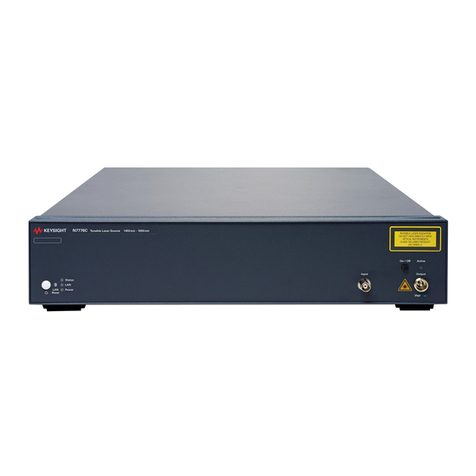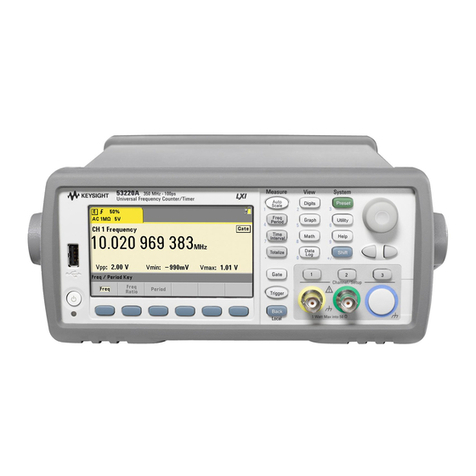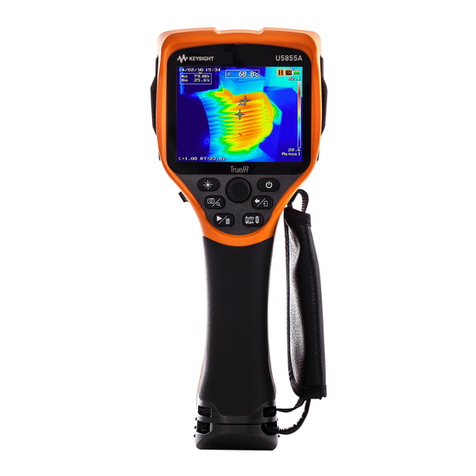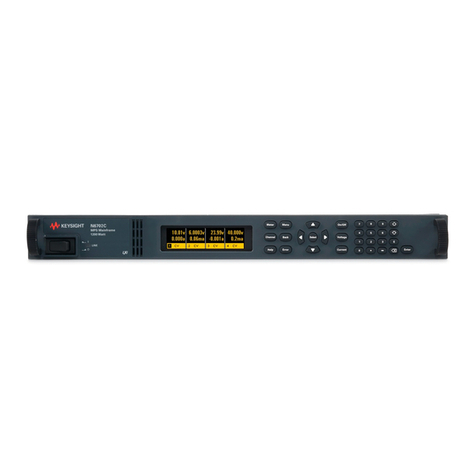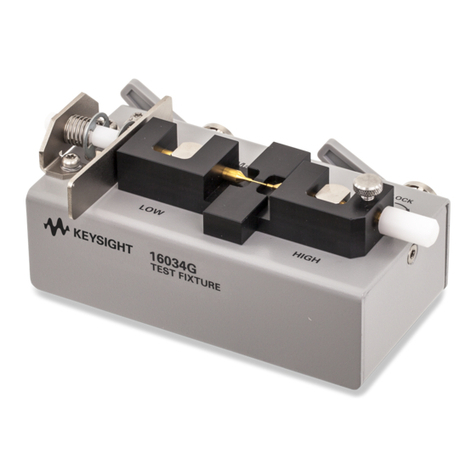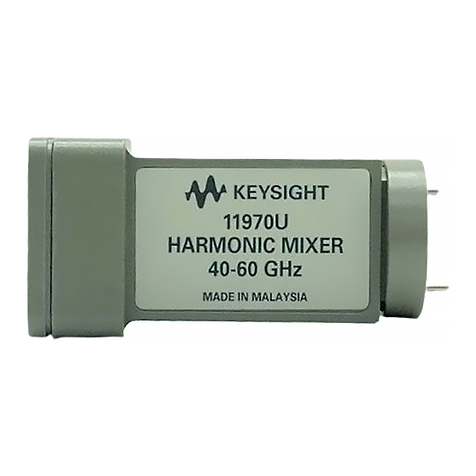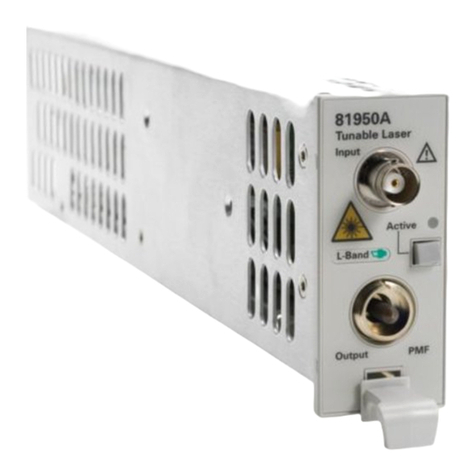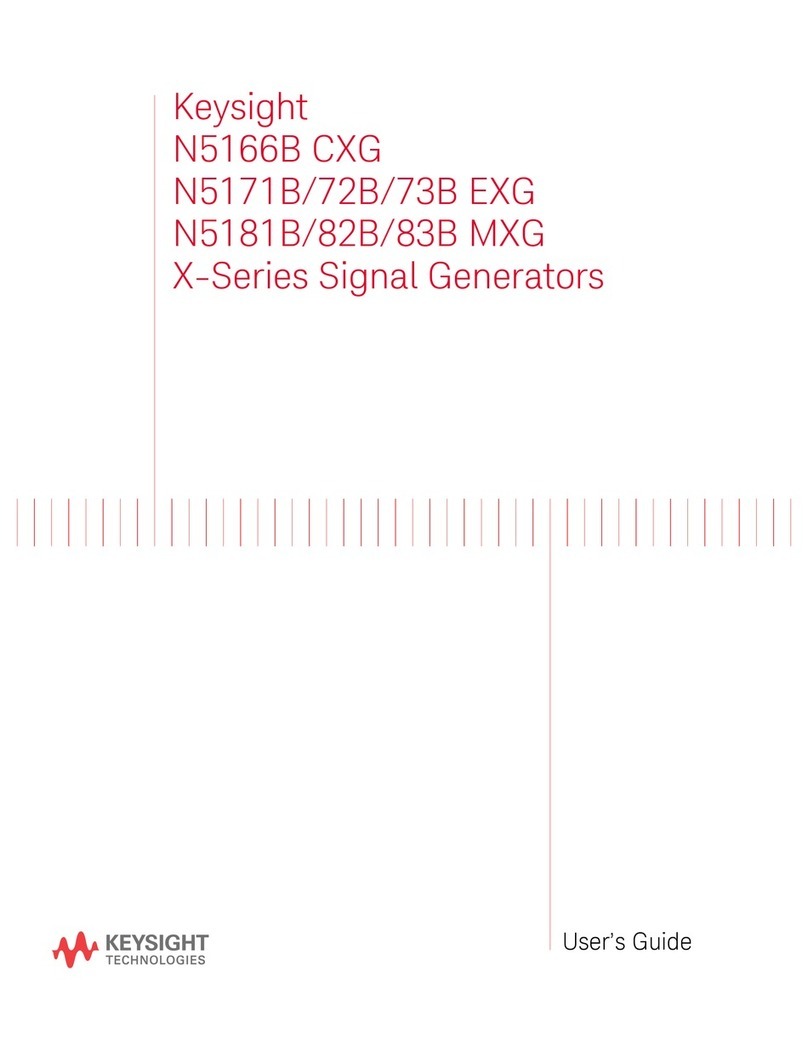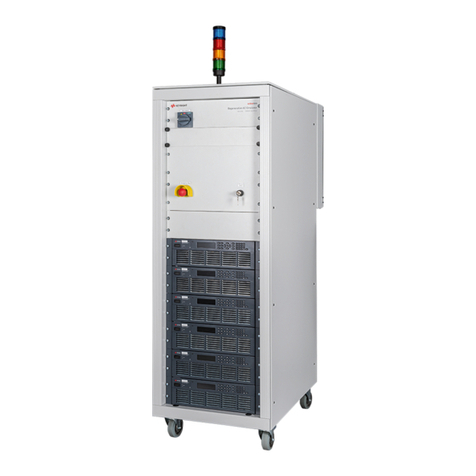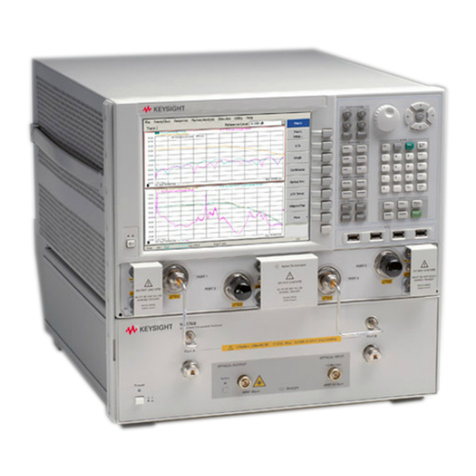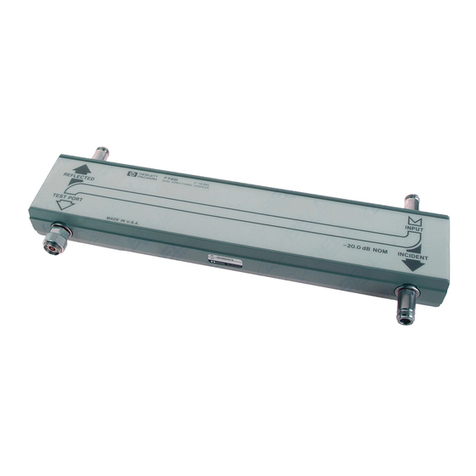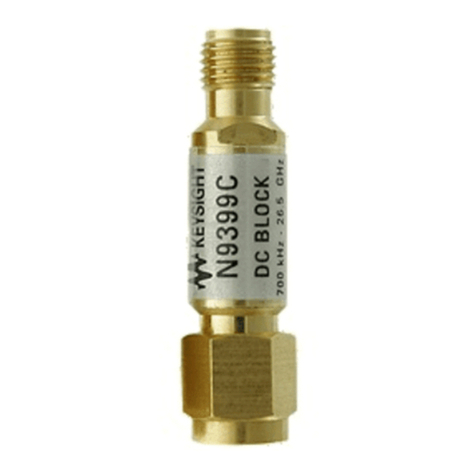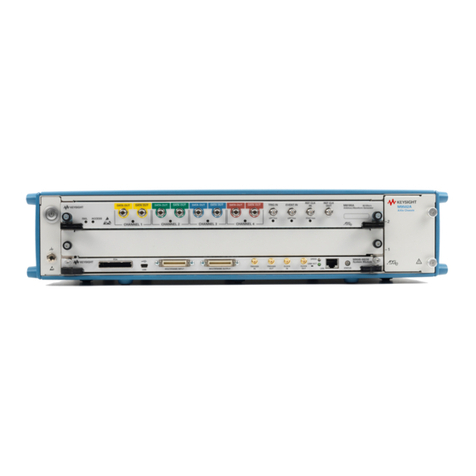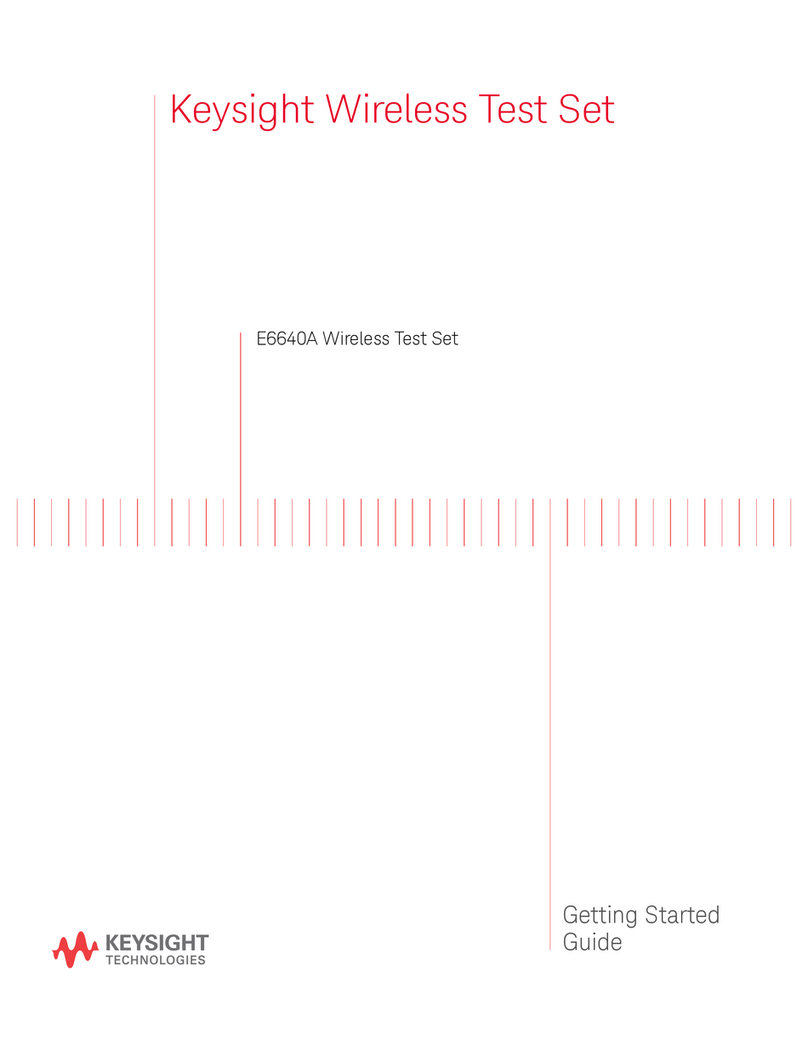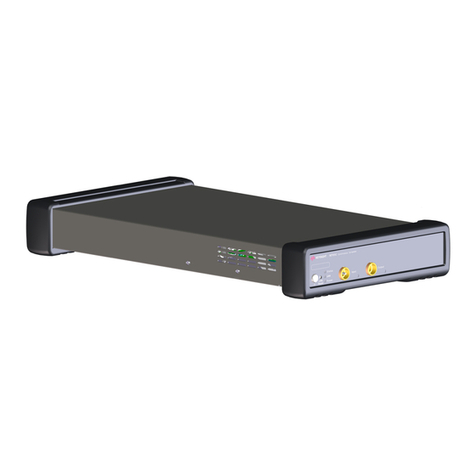
Warranty
The material contained in this document is provided "as is," and is subject to being changed, without
notice, in future editions. Further, to the maximum extent permitted by applicable law, Keysight
disclaims all warranties, either express or implied, with regard to this manual and any information
contained herein, including but not limited to the implied warranties of merchantability and fitness for
a particular purpose. Keysight shall not be liable for errors or for incidental or consequential damages
in connection with the furnishing, use, or performance of this document or of any information contained
herein. Should Keysight and the user have a separate written agreement with warranty terms
covering the material in this document that conflict with these terms, the warranty terms in the
separate agreement shall control.
Certification
Keysight Technologies certifies that this product met its published specifications at time of shipment
from the factory. Keysight Technologies further certifies that its calibration measurements are
traceable to the United States National Institute of Standards and Technology, to the extent allowed
by the Institute's calibration facility, and to the calibration facilities of other International Standards
Organization members
US Government Rights
The Software is “commercial computer software,” as defined by Federal Acquisition Regulation (“FAR”) 2.101. Pursuant to FAR 12.212 and
27.405-3 and Department of Defense FAR Supplement (“DFARS”) 227.7202, the U.S. government acquires commercial computer software
under the same terms by which the software is customarily provided to the public. Accordingly, Keysight provides the Software to U.S.
government customers under its standard commercial license, which is embodied in its End User License Agreement (EULA), acopy of which
can be found at www.keysight.com/find/sweula. The license set forth in the EULA represents the exclusive authority by which the U.S.
government may use, modify, distribute, or disclose the Software. The EULA and the license set forth therein, does not require or permit,
among other things, that Keysight: (1) Furnish technical information related to commercial computer software or commercial computer
software documentation that is not customarily provided to the public; or (2) Relinquish to, or otherwise provide, the government rights in
excess of these rights customarily provided to the public to use, modify, reproduce, release, perform, display, or disclose commercial
computer software or commercial computer software documentation. No additional government requirements beyond those set forth in the
EULA shall apply, except to the extent that those terms, rights, or licenses are explicitly required from all providers of commercial computer
software pursuant to the FAR and the DFARS and are set forth specifically in writing elsewhere in the EULA. Keysight shall be under no
obligation to update, revise or otherwise modify the Software. With respect to any technical data as defined by FAR 2.101, pursuant to FAR
12.211 and 27.404.2 and DFARS 227.7102, the U.S. government acquires no greater than Limited Rights as defined in FAR 27.401 or DFAR
227.7103-5 (c), as applicable in any technical data.
Waste Electrical and Electronic Equipment (WEEE) Directive 2002/96/EC
This product complies with the WEEE Directive 2002/96/EC) marketing requirement. The affixed
product label (see below) indicates that you must not discard this electrical/electronic product in
domestic household waste.
Product Category: With reference to the equipment types in the WEEE directive Annex 1, this product
is classified as “Monitoring and Control instrumentation” product.
Do not dispose in domestic household waste.
To return unwanted products, contact your local Keysight office.
Keysight PV8900 Series Operating and Service Guide 10
Legal and Safety Information
